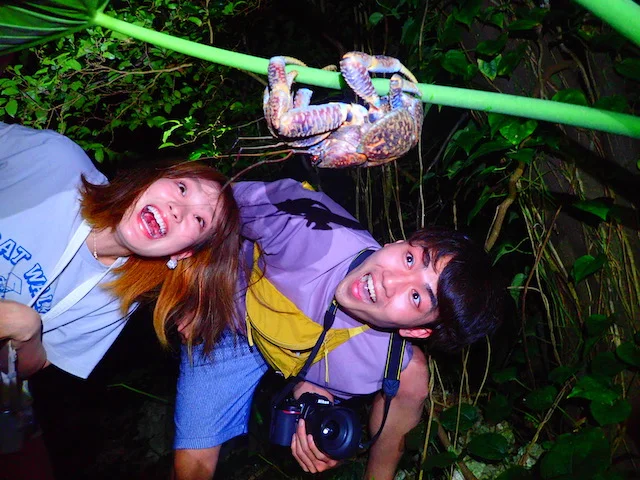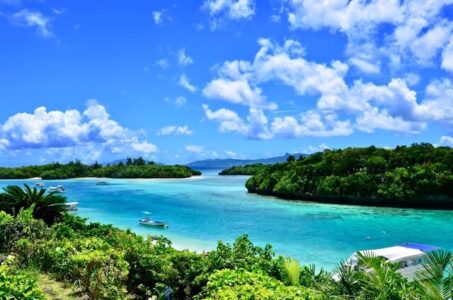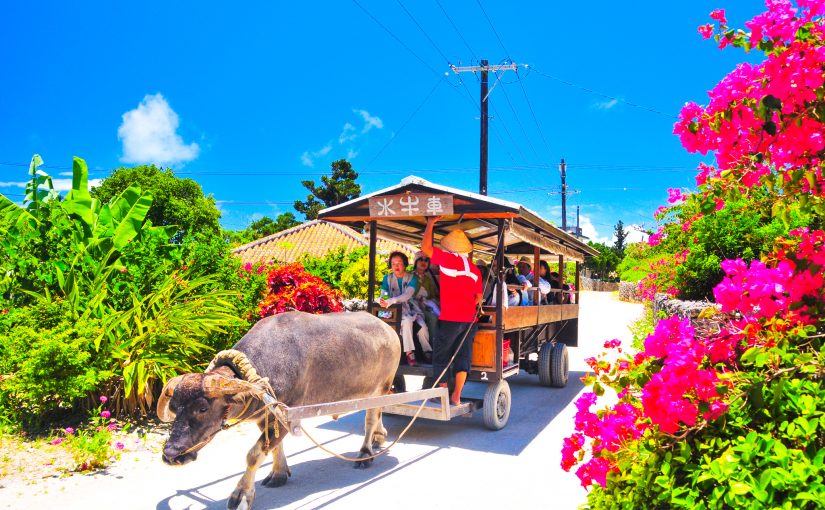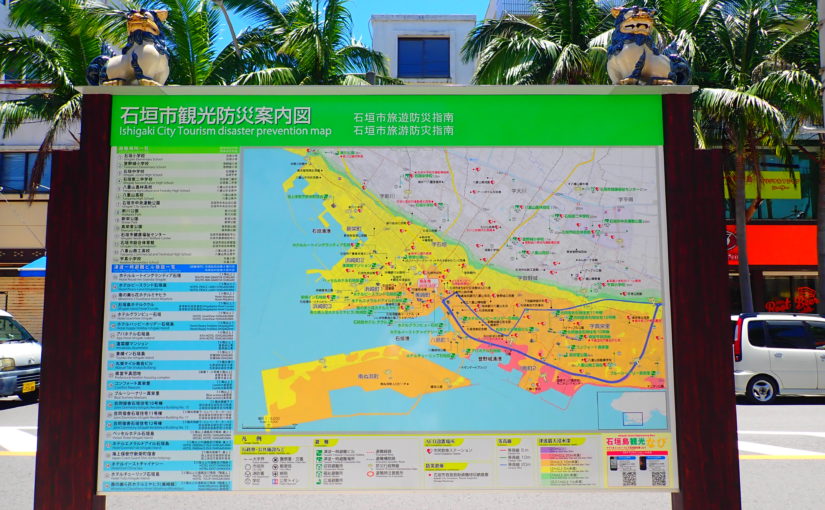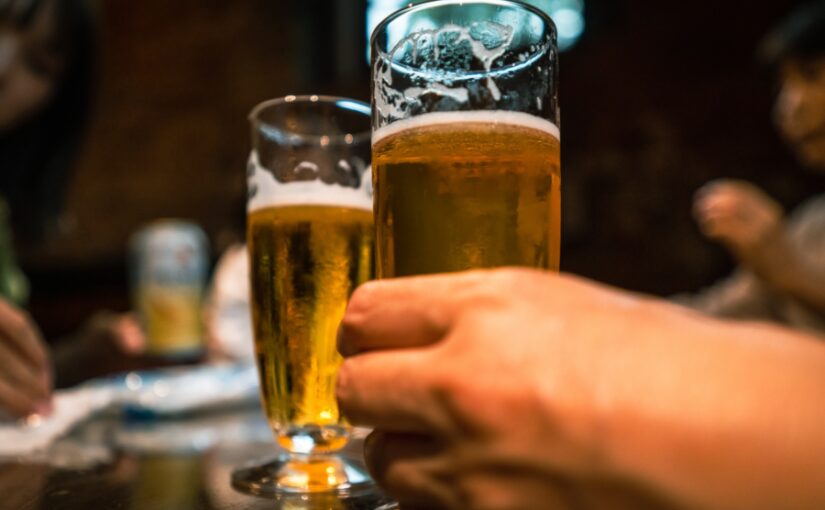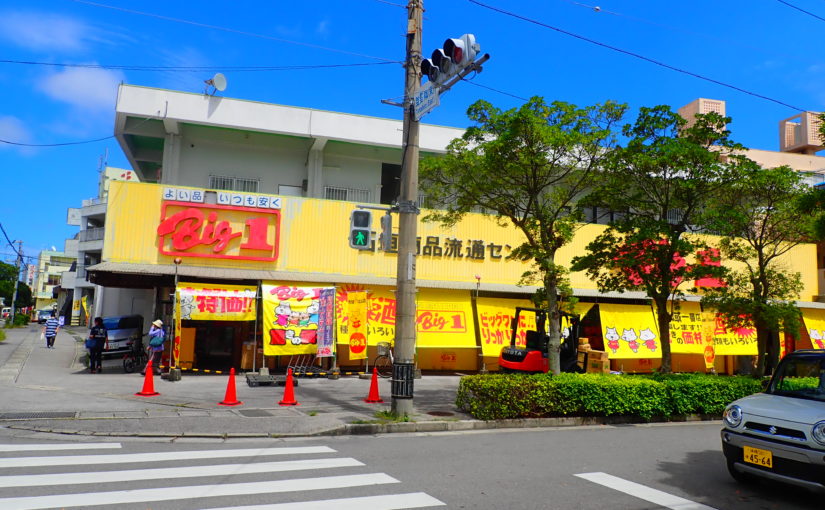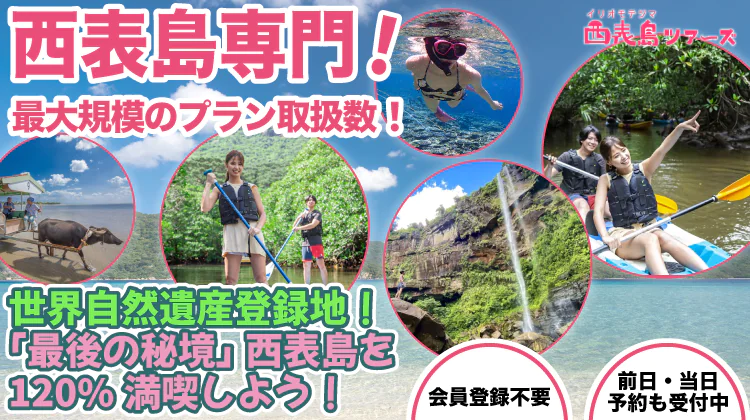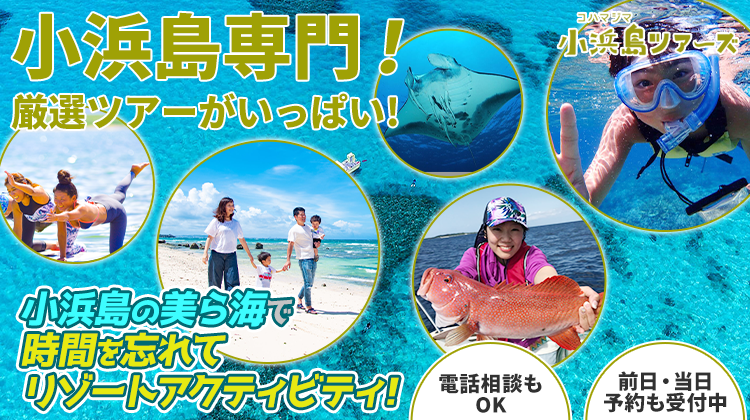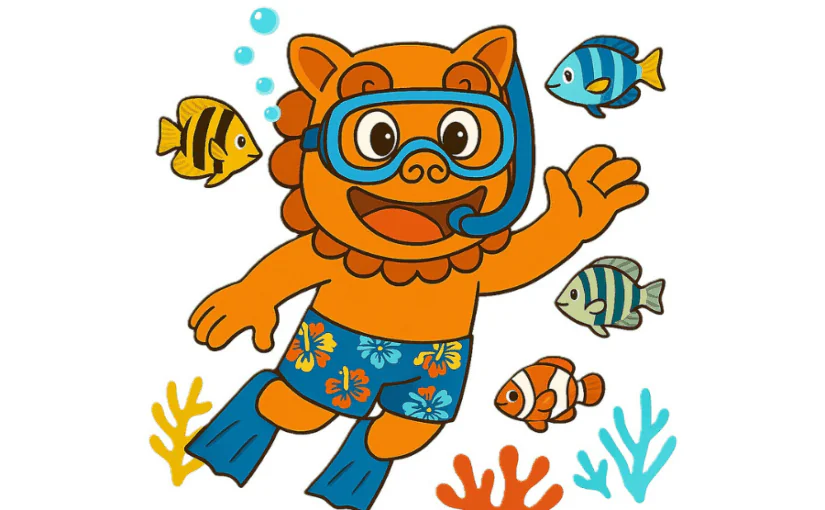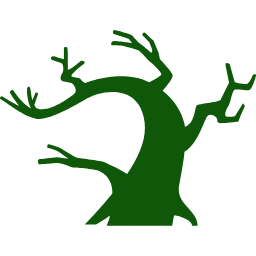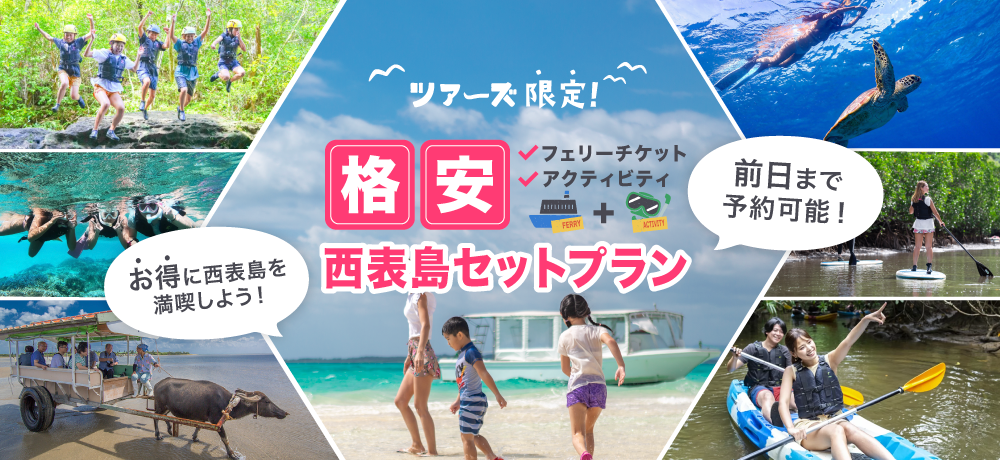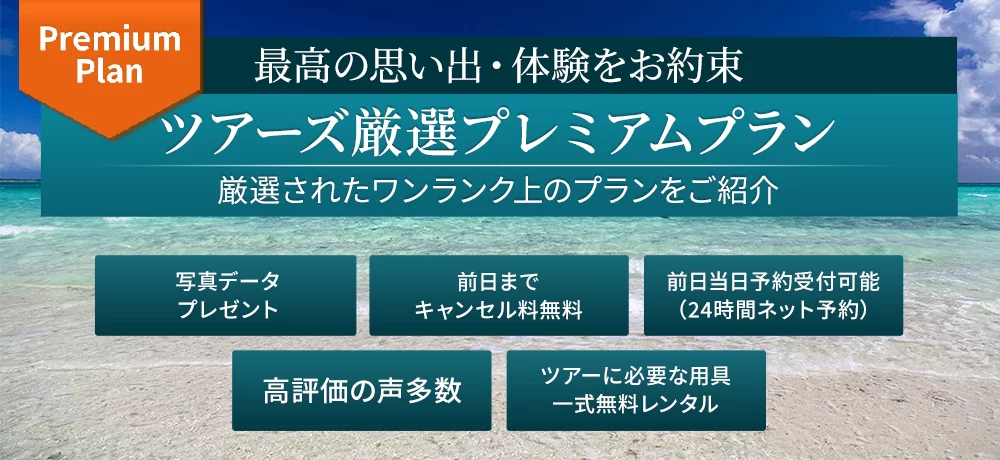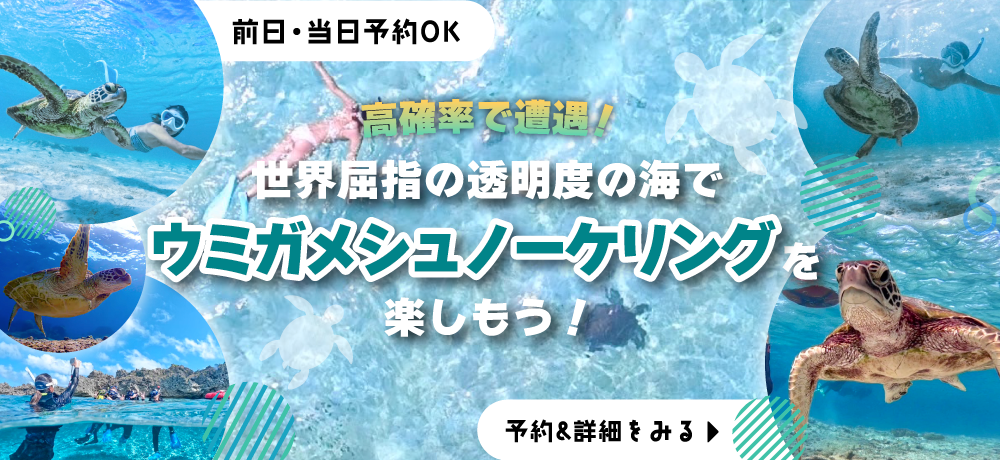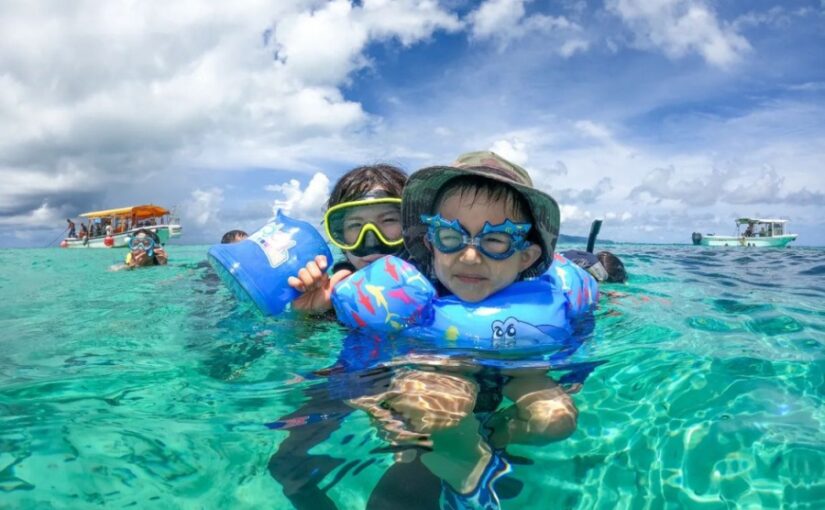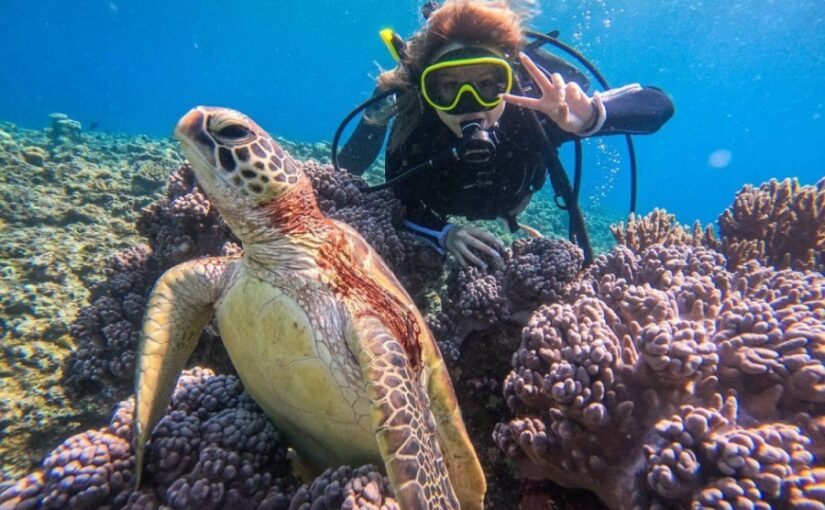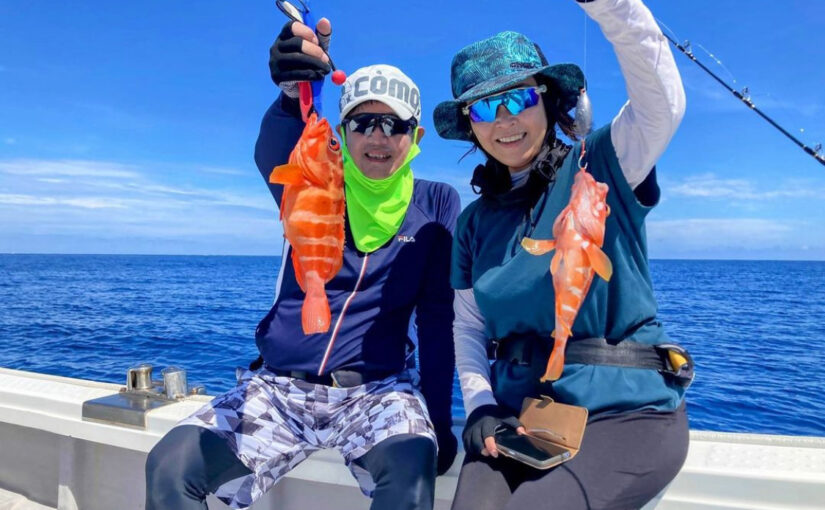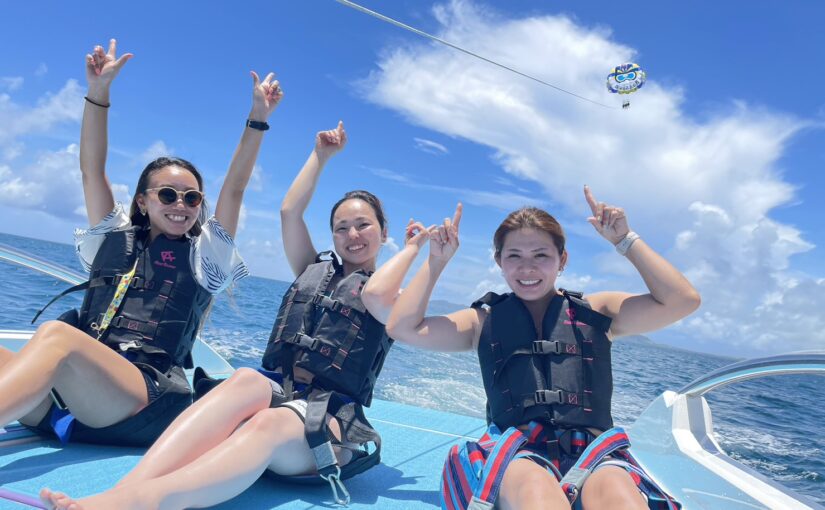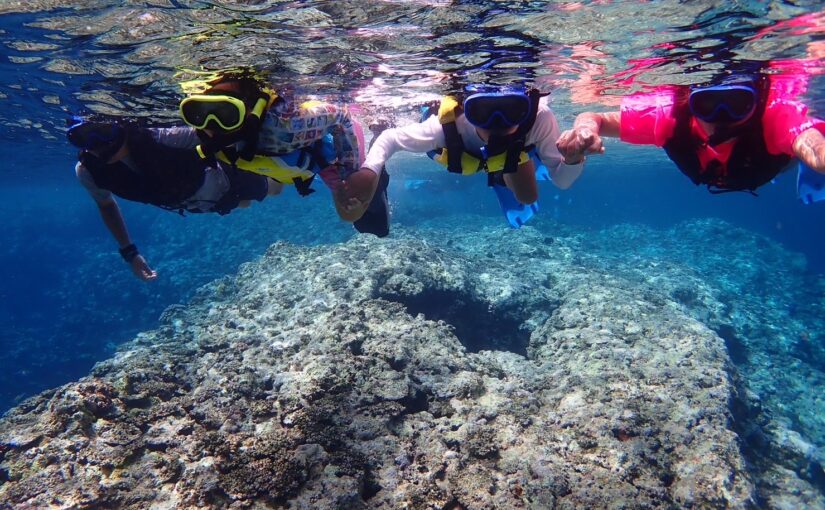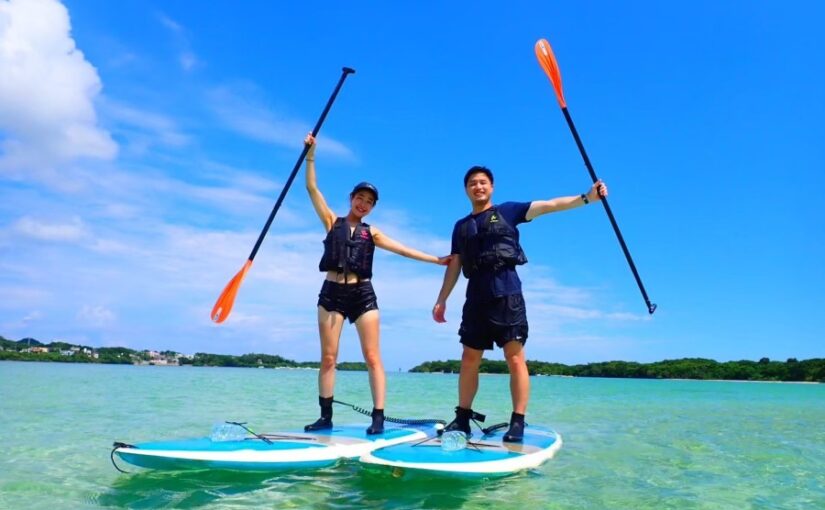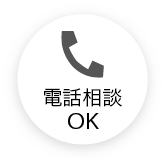Let's look for endangered coconut crabs on Ishigaki Island! We also introduce how to enjoy the night tour♪
Table of Contents
- 1 Enjoy the night tour in Ishigaki Island Let's look for endangered coconut crabs☆.
- 2 What is the endangered coconut crab?
- 3 Palm crab's favorite food, "adan nut."
- 4 Size of coconut crab (body length)
- 5 The power of coconut crab scissors
- 6 There is a culture of eating coconut crab on Ishigaki Island.
- 7 You have a pretty high chance of encountering them♪ Let's go to Ishigaki Island at night to look for coconut crabs!
- 8 Introduction of Ishigaki Island's coconut crab habitat
- 9 summary
Enjoy the night of Ishigaki Island with a night tour.
Let's look for the endangered coconut crab☆.
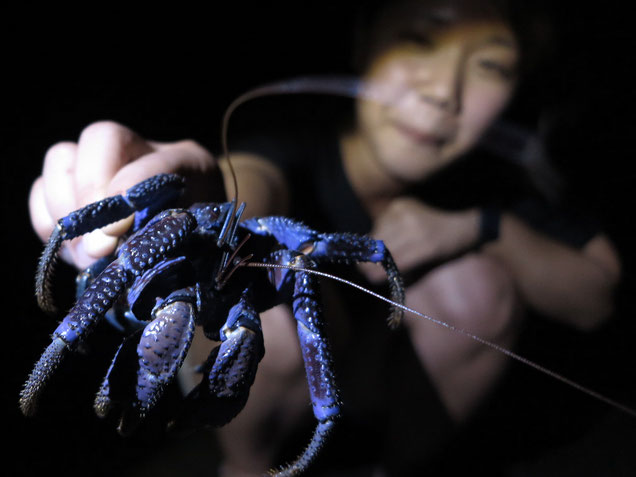
After fireflies, "coconut crabs" are the second most popular creature on night tours to enjoy the night in Ishigaki Island.
The hermit crab is a member of the hermit crab family, which is known as an endangered species!
◆ For those who wish to observe coconut crabs and other organisms.
◆Interested in endangered coconut crabs?
◆Those who want to create special memories by exploring nature at night
Those who want to enjoy fireflies and starry skies together.
In this article, we will introduce the ecology of coconut crabs living on Ishigaki Island, where such subtropical virgin forests spread, and how to enjoy them on night tours!
Special SALE is now being held!
Click here for Ishigaki Island Night Tour Ranking
What is the endangered coconut crab?
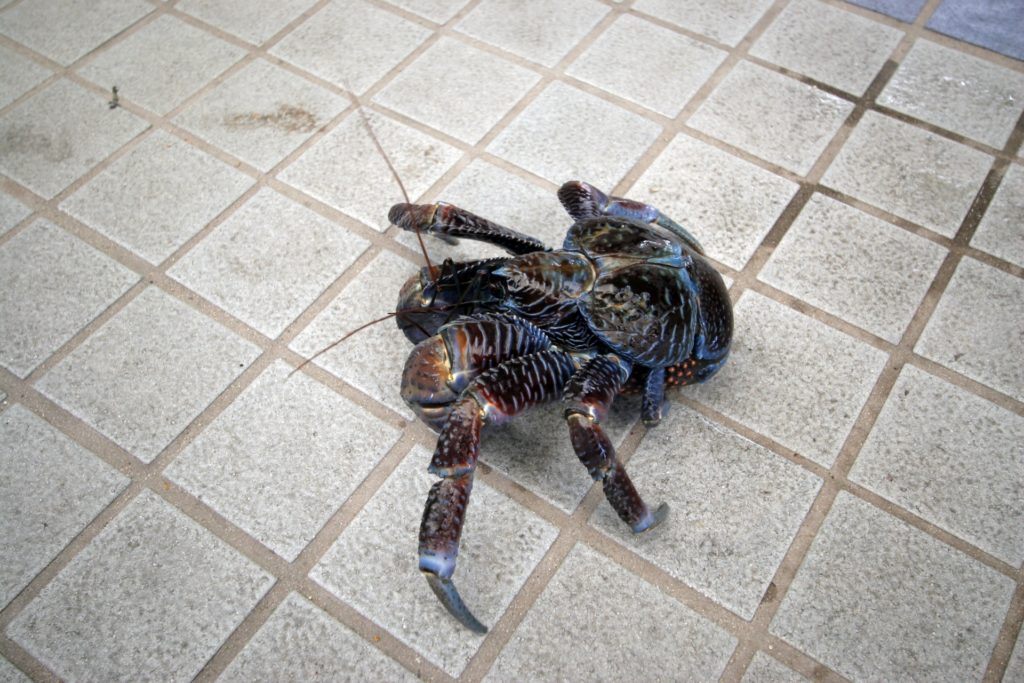
coconut crab (Birgus latro)nocturnal creatureand at night they appear in mangrove swamps and around caves.
Designated as endangered speciesThe number of individuals is small, but the habitat is limited, so there is a relatively high probability of encountering them on Ishigaki Island.
If the day comes when this structure is elucidated and applied to humans, we may be able to stay young...!
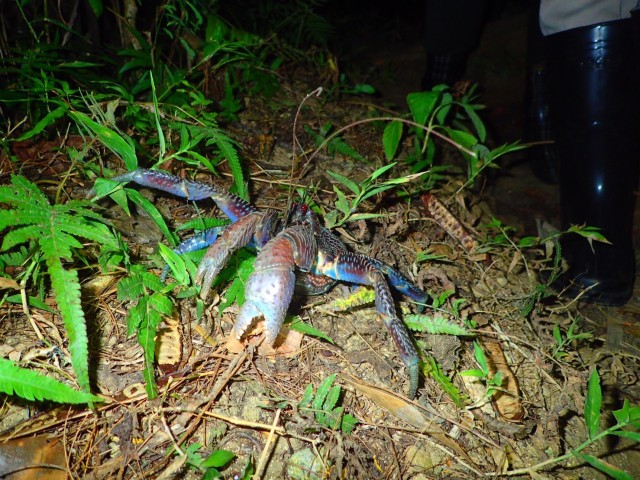
Although the coconut crab is said to have 'no life span,' it stillWhy it is an endangered speciesThere are
It appears to have a hard shell,In fact, very vulnerable to impactIt is the most common cause of death in the United States. As a result, they are often killed by falling from tall trees or ingesting toxic food.
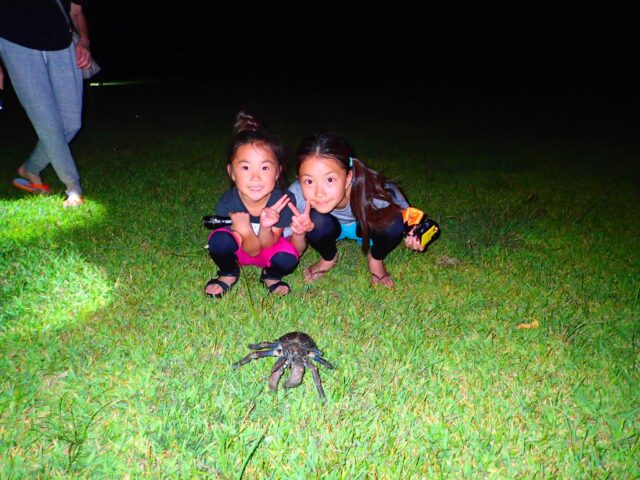
Especially on Iriomote Island and elsewhere, coconut crabs sometimes appear on roads at night, and accidents with vehicles are a threat to their survival.
When driving at night, please be very careful to avoid coconut crabs on the road and drive safely.
It is important that we take the smallest care we can to protect their habitat!
Palm crab's favorite food, "adan nut."
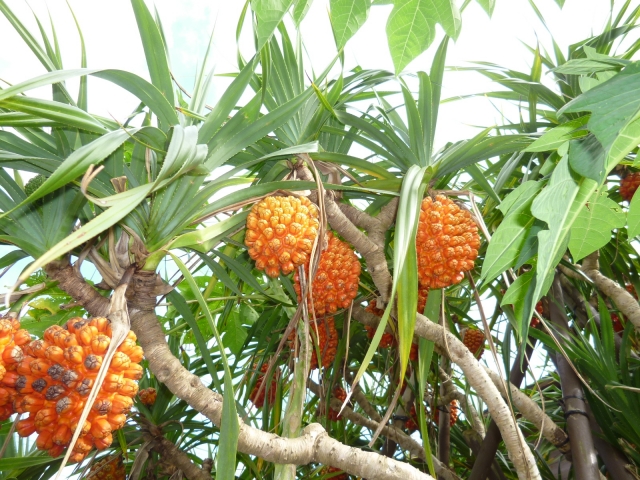
The coconut crab is a pineapple-shaped "adan (Rutaceae)It is said that where there are adan nuts, there are coconut crabs.
They also eat coconuts, as the name implies, though,Actually omnivorous, eats almost anything.is a feature of this product.
This voracious appetite can backfire, and even toxic foods can be consumed if they seem palatable. As a result, they may fall ill or even die. This is the reckless side of the coconut crab that lies behind its vigorous vitality!
Special SALE is now being held!
Click here for Ishigaki Island Night Tour Ranking
Size of coconut crab (body length)

The coconut crab is shaped like a crab, but has a unique appearance that makes it look like it belongs in the tropics.
Their size is astonishing, with the largest coconut crabs measuring 40 cm in length and some exceeding 1 m when their legs are spread out. This size is truly one of the largest and most powerful in Japan!
The power of coconut crab scissors
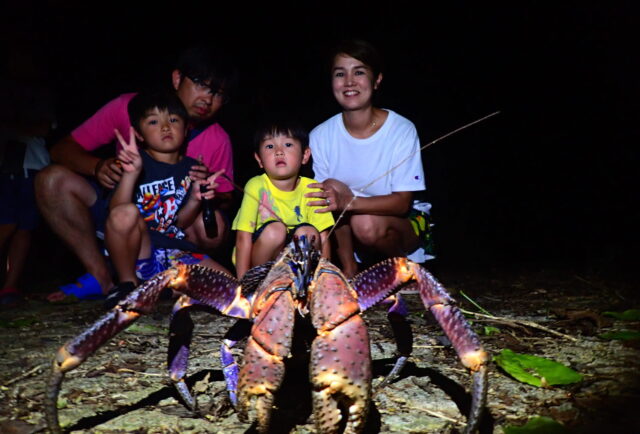
The coconut crab is also known for its powerful scissors. Although the larger ones weigh about 4 kg, theGrip strength reaches a whopping 300-400 kg.It is said.
It is amazing that they can lift weights 100 times their own weight!
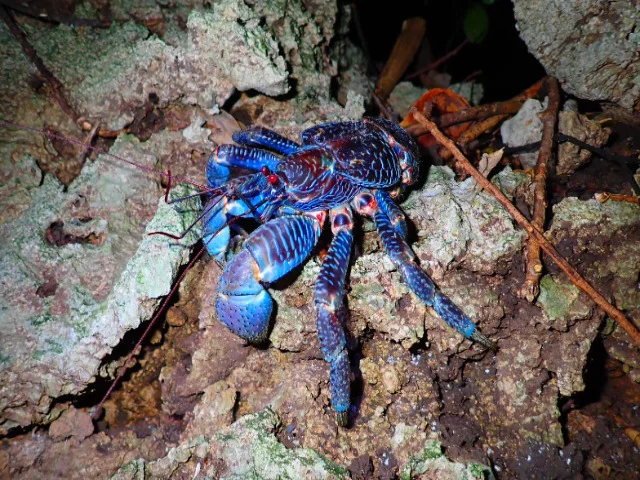
However,Coconut crabs basically do not attack people on their own.The first time I saw a new product, I was surprised to learn that it was not available in the market. However, out of curiosity.Never put your fingers near the scissors.Oh my god!!!
Enjoy your encounter with the coconut crab as you are impressed by its strength and unique appearance.
There is a culture of eating coconut crab on Ishigaki Island.
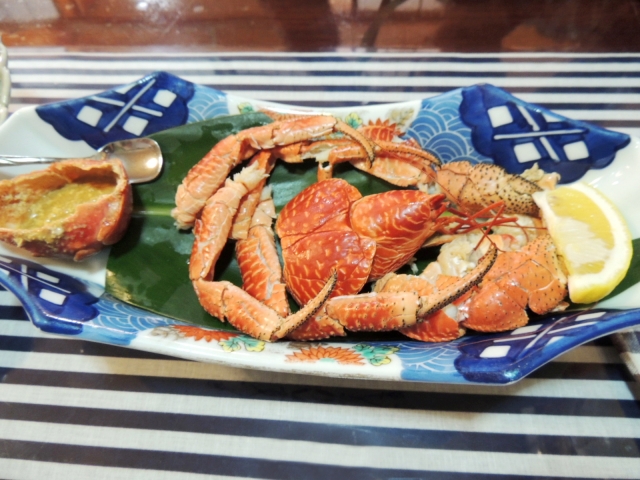
You can eat coconut crabs in the same way as regular crabs.Commonly eaten boiled.and its rich flavor is appealing. The soup dishes using coconut crab extract are also well known for their delicious taste.
Currently, opportunities to eat coconut crab are limited due to resource conservation, but it is interesting to learn that this traditional food culture is part of the local culture.
 A fairly high probability of meeting.
Let's go looking for coconut crabs in Ishigaki Island at night!
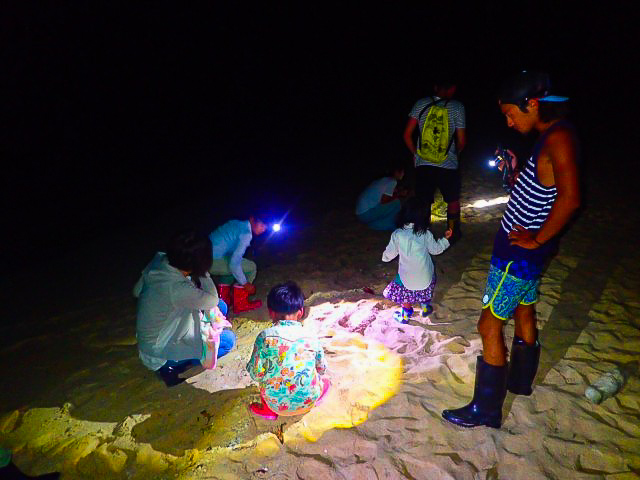
In the Jungle Night Tour on Ishigaki Island,You will almost certainly encounter coconut crabs!...and the area is also known for its mangrove swamps and caves. In particular, mangrove swamps and caves near beaches are known as habitats for coconut crabs.
During the warmer months, you may see not just one or two, but five or six of them in a cave together, which can be an overwhelming sight.

On a night tour of Ishigaki Island, you can encounter not only coconut crabs but also various other fascinating night sights and creatures.
Nocturnal flying foxes, giant rocks said to have been washed away by the tsunami, and fireflies that light up the ground when the time is right are just a few of the highlights. In addition, if the weather is fine, you will be able to enjoy the star-filled sky and shooting stars.
The night tour is a great way to fully experience the great nature that spreads out at night on Ishigaki Island. Please join us and fully enjoy this special experience☆.
Special SALE is now being held!
Click here for Ishigaki Island Night Tour Ranking
Introduction of Ishigaki Island's coconut crab habitat
(1) Vanna Park
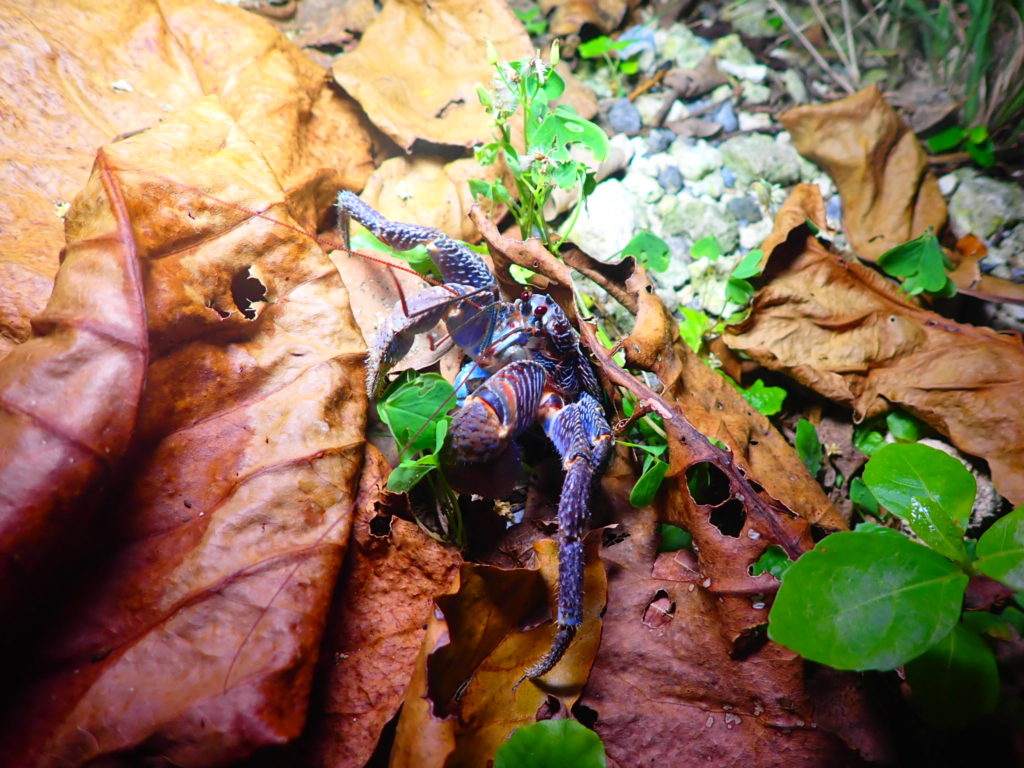
Banna Park is a lush green park with the ocean nearby and a vast area of 8 km in circumference. The forested environment is home to many species, including the coconut crab!
In spring season, you can also see "Yaeyama fireflies". Nature observation at Banna Park will be a valuable experience to experience the rich ecosystem of Ishigaki Island.
Address: 961-15 Ishigaki-city, Okinawa, Japan
Access: 15 minutes from Ishigaki Port Terminal
 Ishigaki Island-Banna Park About Banna Park Banna Park is a nature-rich park located in the center of Ishigaki Island at an elevation of about 230 meters. It is the widest park in Ishigaki Island with a circumference of about 8 km, and there are entrances (east, west, north, south, and west) in each direction. Banna Park is an area rich in nature [...].
Ishigaki Island-Banna Park About Banna Park Banna Park is a nature-rich park located in the center of Ishigaki Island at an elevation of about 230 meters. It is the widest park in Ishigaki Island with a circumference of about 8 km, and there are entrances (east, west, north, south, and west) in each direction. Banna Park is an area rich in nature [...].
Shiraho Coast
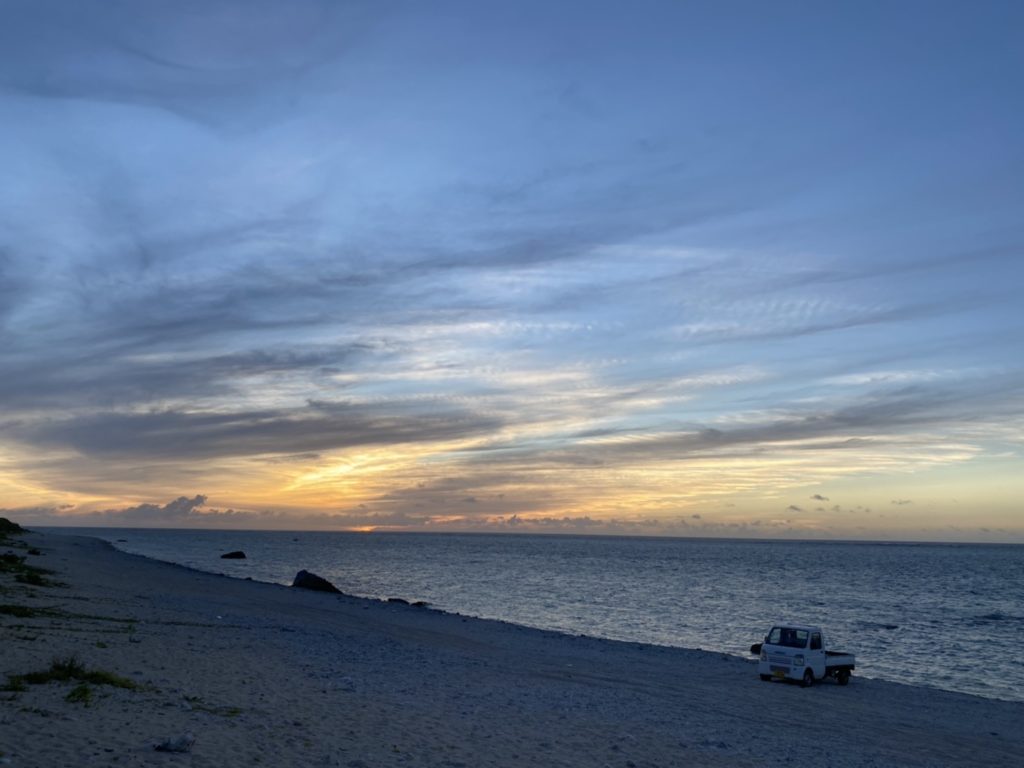
Shiraho Beach, a 10-minute drive from Shin-Ishigaki Airport, is one of the best spots in Ishigaki Island for the variety and quantity of corals.
Especially rareLarge colony of blue coralis also famous for its precious environment, which is known for its extremely high biodiversity.
This rich ecosystem is also an ideal habitat for the coconut crab. The area around the Shiraho Coast has abundant sources of nutrients that provide food for the coconut crabs, creating a habitat conducive to their survival.
Access: 10 minutes by car from Shin-Ishigaki Airport. Approximately 20 minutes drive from the city center.
Parking: None
 Ishigaki Island-Shiraho Beach About Shiraho Beach Shiraho Beach is located in the eastern part of the island, about 5 minutes by car from Shin-Ishigaki Airport, on the way from the airport to the city center, and about 20 minutes by car from the city center. The natural white sand beach stretches for about 10 km, and the population [...].
Ishigaki Island-Shiraho Beach About Shiraho Beach Shiraho Beach is located in the eastern part of the island, about 5 minutes by car from Shin-Ishigaki Airport, on the way from the airport to the city center, and about 20 minutes by car from the city center. The natural white sand beach stretches for about 10 km, and the population [...].
(3) Hirakubozaki area

Coconut crabs have also been observed in the Hirakubozaki area, and are especially abundant along the west coast.
There is a designated protection area along the west coast of Hirakubozaki, and according to the ordinance, from December to August of the following yearTrapping coconut crabs is prohibited.If you encounter a coconut crab during a sightseeing visit, leave it alone. If you encounter a coconut crab during your visit, leave it alone.
Access: 50 minutes by car from Shin-Ishigaki Airport, 90 minutes by car from the city center
Parking: Available
Meals (nearby): None
Toilet: None
(4) Mikamizaki area
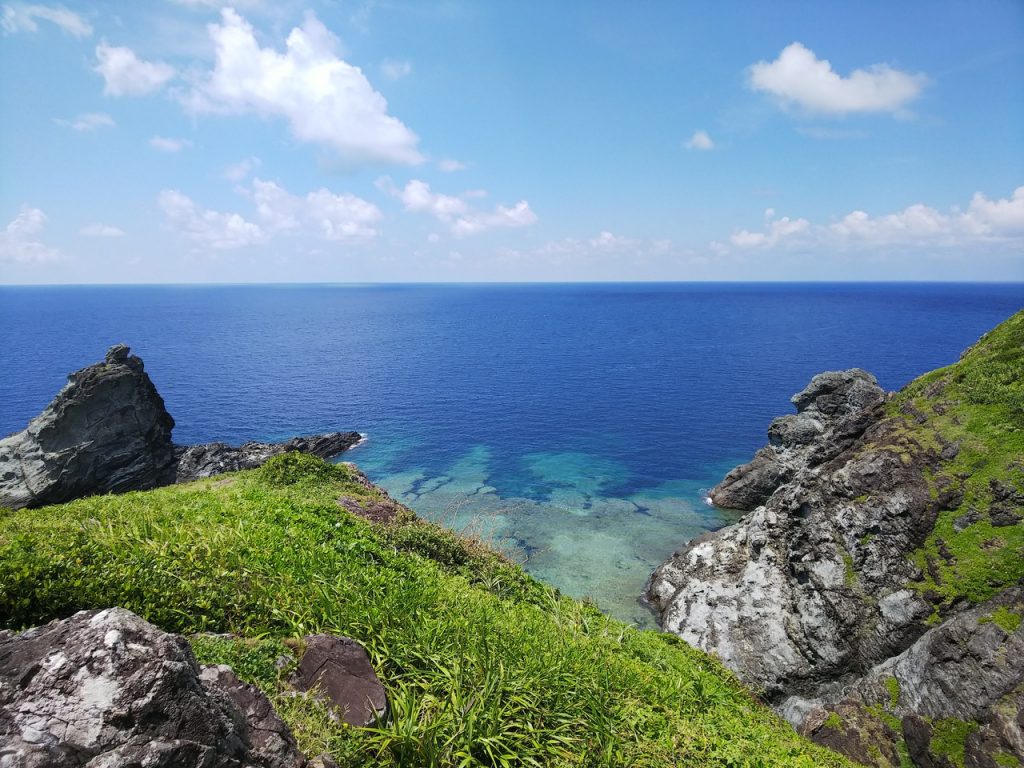
Mikamizaki isThe westernmost cape of Ishigaki Islandand is known as a spectacular spot for viewing beautiful sunsets.
It is characterized by the view of rough waves crashing on the rugged rock surface, and is a must stop when visiting Ishigaki Island.
The area around Mikamizaki is thick with subtropical plants, and you may even see coconut crabs scurrying along the nearby beach at night.
Address: Sakieda, Ishigaki City, Okinawa, Japan
Access: 1 hour and 20 minutes by car from Shin-Ishigaki Airport, 45 minutes by car from Ishigaki Port Remote Island Terminal
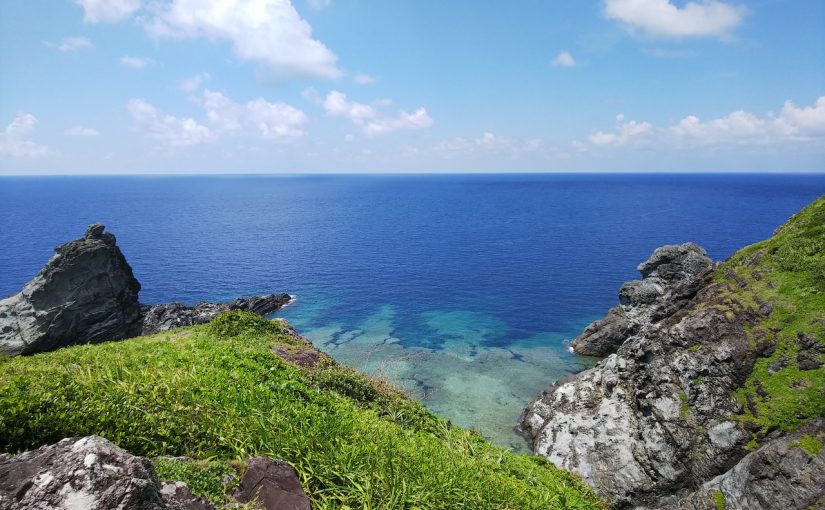 Ishigaki Island - Mikamizaki Mikamizaki is a cape located at the westernmost tip of Ishigaki Island. The view of the emerald green sea from the precipitous cliff is beautiful, and there is Mikamizaki Lighthouse at the tip. In early spring, the area is dyed in white and pink by the tepou lily and hirsutaki tsukimisou [...].
Ishigaki Island - Mikamizaki Mikamizaki is a cape located at the westernmost tip of Ishigaki Island. The view of the emerald green sea from the precipitous cliff is beautiful, and there is Mikamizaki Lighthouse at the tip. In early spring, the area is dyed in white and pink by the tepou lily and hirsutaki tsukimisou [...].
(5) Akashi Beach

The protected area for coconut crabs introduced at Hirakubozaki extends to the Akashi area, which is also a habitat area.
Akashi Beach isMany adan trees, a favorite food of coconut crabs, grow wild.In the past, many coconut crabs were observed in the area.
Recently, the number of confirmed sightings has decreased considerably, and the species is now listed in the Red Data Book as an endangered species and subject to protection.
Location: 340 Ibaruma, Ishigaki City, Okinawa, Japan
Access: 22 km from Shin-Ishigaki Airport, about 45 minutes by car
Parking: None
Meals (nearby): Available
Toilet: None
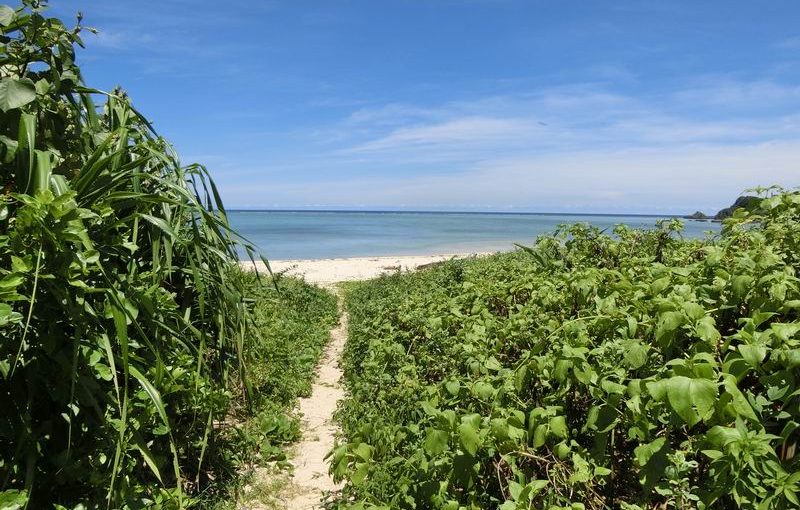 Ishigaki Island - Akashi Kaigan Akashi Beach is a natural beach located on the east side of Akashi village in the middle of "Hirakubo Peninsula" that stretches long in the northeast of Ishigaki Island. It is also called Akashi Beach. The beach is arced and stretches for more than 1 km, and is relatively quiet [...].
Ishigaki Island - Akashi Kaigan Akashi Beach is a natural beach located on the east side of Akashi village in the middle of "Hirakubo Peninsula" that stretches long in the northeast of Ishigaki Island. It is also called Akashi Beach. The beach is arced and stretches for more than 1 km, and is relatively quiet [...].
6) Kabira Bay
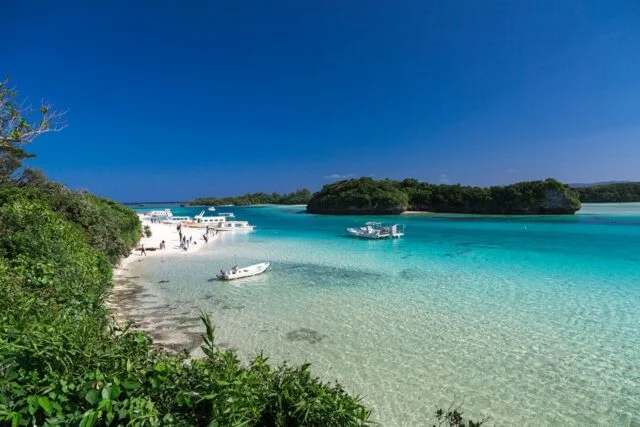
Kabira Bay, one of Ishigaki Island's representative scenic spots, does not have many adan trees, a favorite food of the coconut crab, but its proximity to the ocean and abundance of subtropical flora and fauna make it a suitable habitat for the crabs.
It is sometimes said that "where there are adan trees, there are coconut crabs," but that does not mean there are no coconut crabs where there are no adan trees.
Since coconut crabs are omnivorous, they may be seen if food is abundant and the environment is suitable for their habitat. You may be able to find coconut crabs in Kabira Bay if you look for them at night!
 The No.1 best view in Ishigaki Island] Don't miss Kabira Bay! Recommended spots around gourmet food and experiencesContents1 Ishigaki Island's No.1 scenic spot loved by locals! Introduction of gourmet food and experience spots in Kabira Bay 2 What is Kabira Bay like? 3 How to get to Kabira Bay 3.1 How to get to Kabira Bay by bus 3.2 How to get to Kabira Bay by car (rental car) [...].
The No.1 best view in Ishigaki Island] Don't miss Kabira Bay! Recommended spots around gourmet food and experiencesContents1 Ishigaki Island's No.1 scenic spot loved by locals! Introduction of gourmet food and experience spots in Kabira Bay 2 What is Kabira Bay like? 3 How to get to Kabira Bay 3.1 How to get to Kabira Bay by bus 3.2 How to get to Kabira Bay by car (rental car) [...].Access: 40 minutes by bus from the bus terminal
Parking: Available
⬇︎ also recommends activity tours held in Kabira Bay☆.
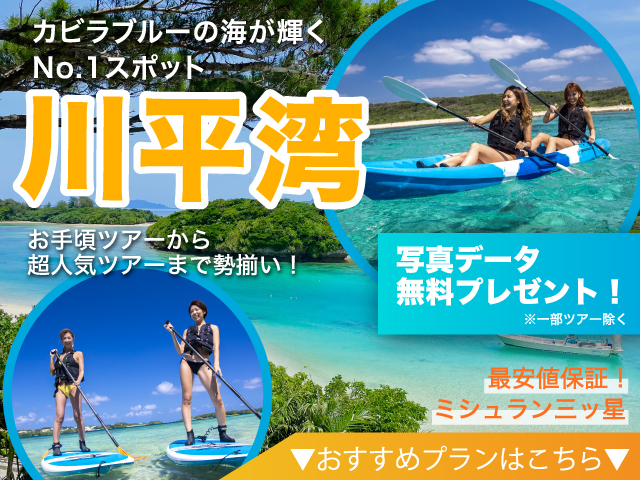 Kabira Bay Tour A must visit when you come to Ishigaki Island! Kabira Bay in Ishigaki Island is rated as a three-star scenic spot worth visiting by the guidebook "Michelin Green Guide Japon". In this issue, we will introduce Kabira Bay's [...]. (36 in total) アクティビティの詳細を見る
Kabira Bay Tour A must visit when you come to Ishigaki Island! Kabira Bay in Ishigaki Island is rated as a three-star scenic spot worth visiting by the guidebook "Michelin Green Guide Japon". In this issue, we will introduce Kabira Bay's [...]. (36 in total) アクティビティの詳細を見る 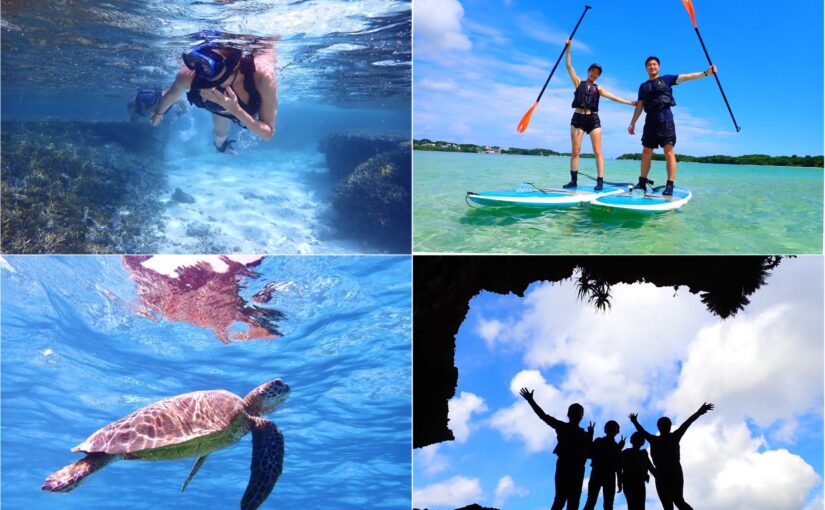 Special Winter SALE 【Ishigaki Island / 1 Day】If you are in doubt, this is it☆Let's look for sea turtles! Kabira Bay SUP/Canoe & Blue Cave Snorkeling Tour ★ (No.349)開始時間9:00-16:00所要時間Approx. 7 hours29,000 yen →13,500yen
Special Winter SALE 【Ishigaki Island / 1 Day】If you are in doubt, this is it☆Let's look for sea turtles! Kabira Bay SUP/Canoe & Blue Cave Snorkeling Tour ★ (No.349)開始時間9:00-16:00所要時間Approx. 7 hours29,000 yen →13,500yen Kabira Bay" SUP Tour★Michelin Guide 3-star Tour★Free Photo & Pick-up Service (No.301)開始時間9:00-11:30 / 13:30-16:00所要時間Approx. 2.5 hours14,500 yen →7,900yen
Kabira Bay" SUP Tour★Michelin Guide 3-star Tour★Free Photo & Pick-up Service (No.301)開始時間9:00-11:30 / 13:30-16:00所要時間Approx. 2.5 hours14,500 yen →7,900yen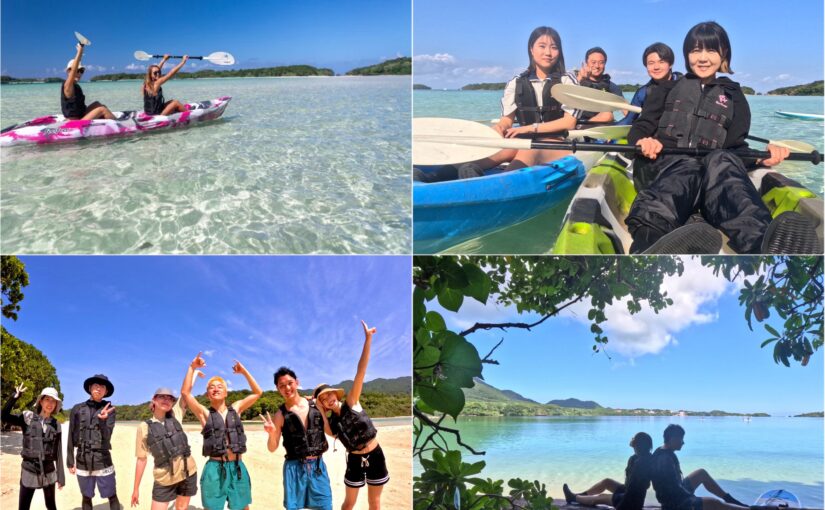 Ishigaki Island/Half Day] Same-day reservation OK! Kabira Bay" Kayak Tour ★Free Photo & Pick-up & Drop-off (No.302)開始時間9:00-11:30 / 13:30-16:00所要時間Approx. 2.5 hours14,500 yen →7,900yen
Ishigaki Island/Half Day] Same-day reservation OK! Kabira Bay" Kayak Tour ★Free Photo & Pick-up & Drop-off (No.302)開始時間9:00-11:30 / 13:30-16:00所要時間Approx. 2.5 hours14,500 yen →7,900yen
summary

Designated as an endangered species, the coconut crab is a much-loved nocturnal creature in the Yaeyama Islands; on March 30, 2018, Ishigaki City was recognized as a "starry sky protected area," and its beautiful night sky has attracted attention both in Japan and abroad.
If you join the night tour, you can not only enjoy the star-filled sky, but also have a precious experience to observe nocturnal coconut crabs. Why don't you spend a special night to enjoy the nature, starry sky, and mysterious appearance of coconut crabs unique to Ishigaki Island at the same time?
⬇︎Read the article together: ⬇︎
 10 night view spots in Ishigaki Island! We also introduce recommended tours you can join at night♪The night view in the city is attractive with its lights, but the starry sky of Ishigaki Island is a spot where you can enjoy natural lighting. We introduce the newest and most popular night view spots that are totally different from those in the city.
10 night view spots in Ishigaki Island! We also introduce recommended tours you can join at night♪The night view in the city is attractive with its lights, but the starry sky of Ishigaki Island is a spot where you can enjoy natural lighting. We introduce the newest and most popular night view spots that are totally different from those in the city. What to do at night in Ishigaki Island? Introducing local people's recommended nightlife & starry night spots!Ishigaki Island is a "Star Island" where you can enjoy both nature and downtown. We will introduce the variety of fun in Ishigaki Island, day and night, such as downtown, outdoor BBQ, and star-filled sky.
What to do at night in Ishigaki Island? Introducing local people's recommended nightlife & starry night spots!Ishigaki Island is a "Star Island" where you can enjoy both nature and downtown. We will introduce the variety of fun in Ishigaki Island, day and night, such as downtown, outdoor BBQ, and star-filled sky. 10 night view spots in Ishigaki Island! We also introduce recommended tours you can join at night♪The night view in the city is attractive with its lights, but the starry sky of Ishigaki Island is a spot where you can enjoy natural lighting. We introduce the newest and most popular night view spots that are totally different from those in the city.
10 night view spots in Ishigaki Island! We also introduce recommended tours you can join at night♪The night view in the city is attractive with its lights, but the starry sky of Ishigaki Island is a spot where you can enjoy natural lighting. We introduce the newest and most popular night view spots that are totally different from those in the city.

